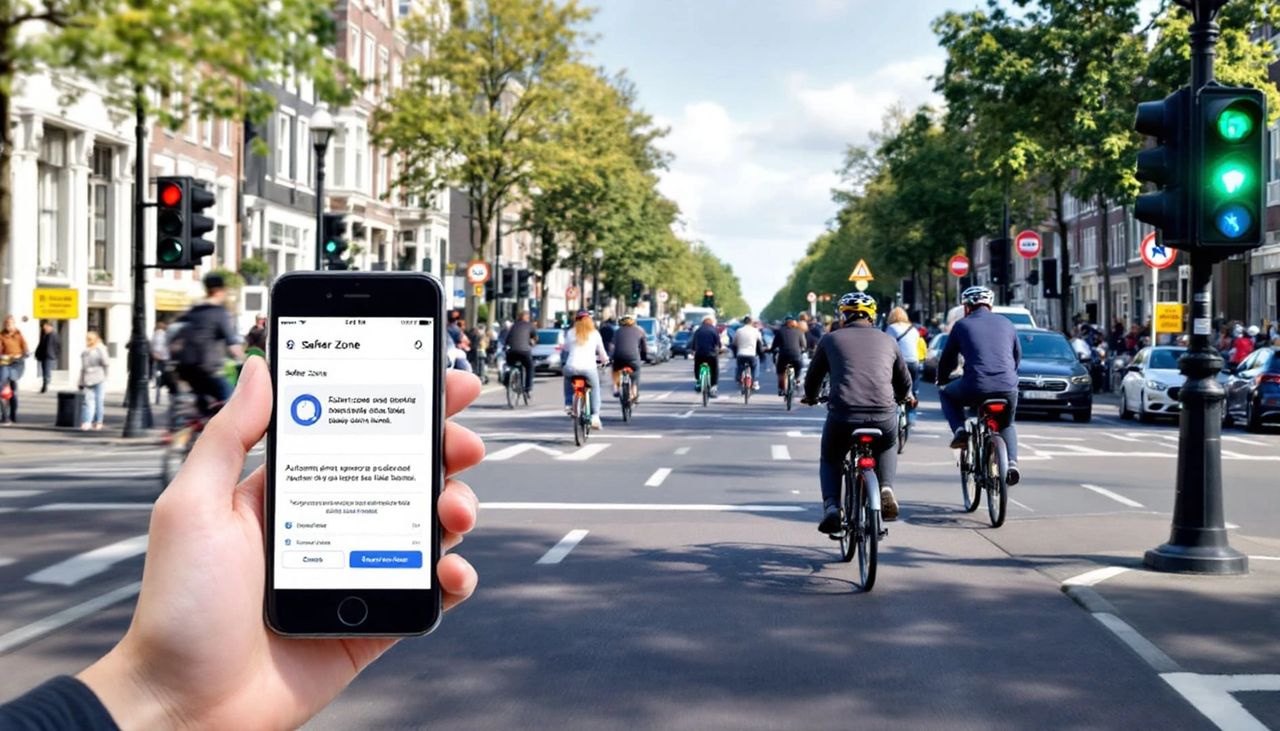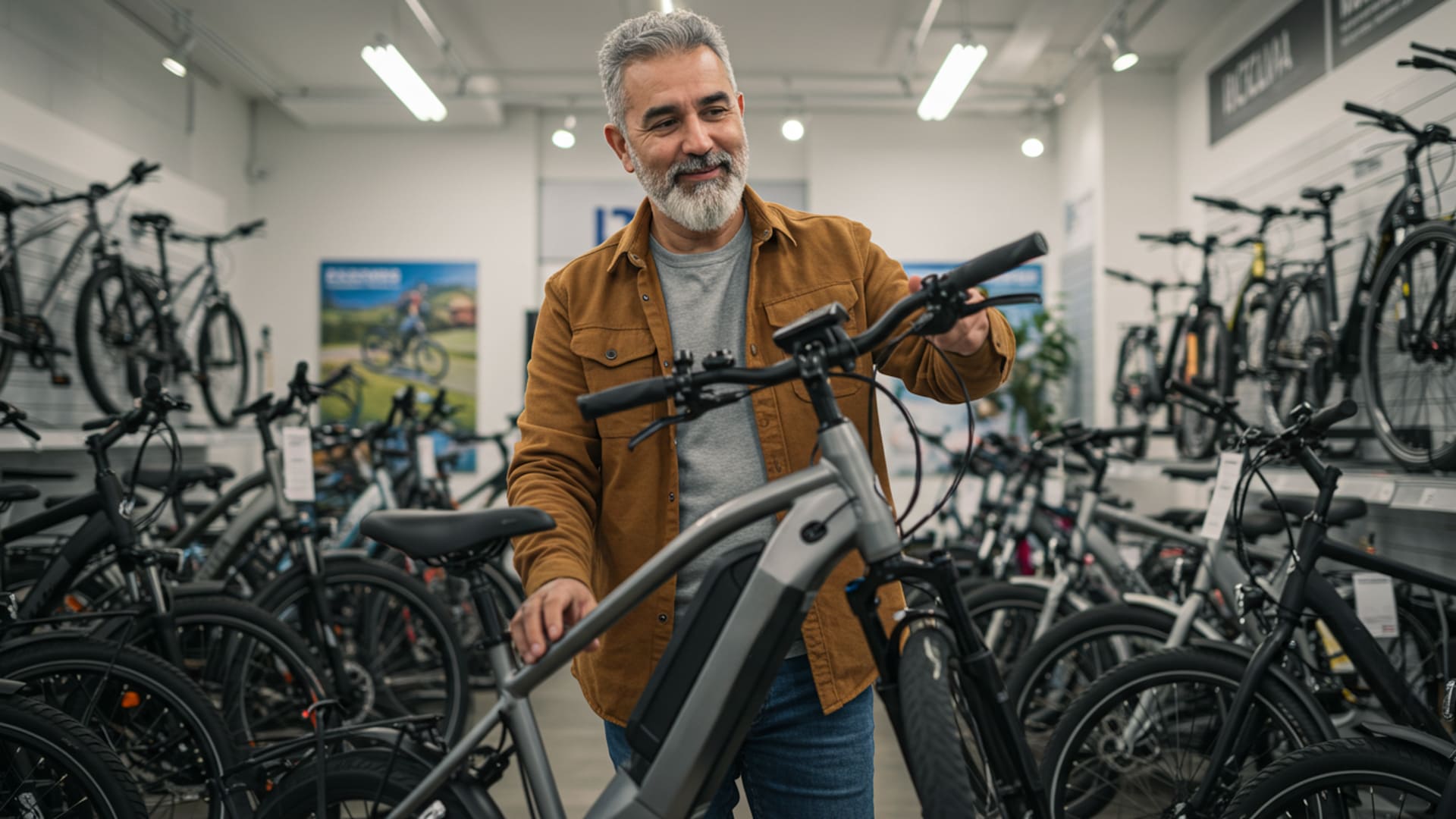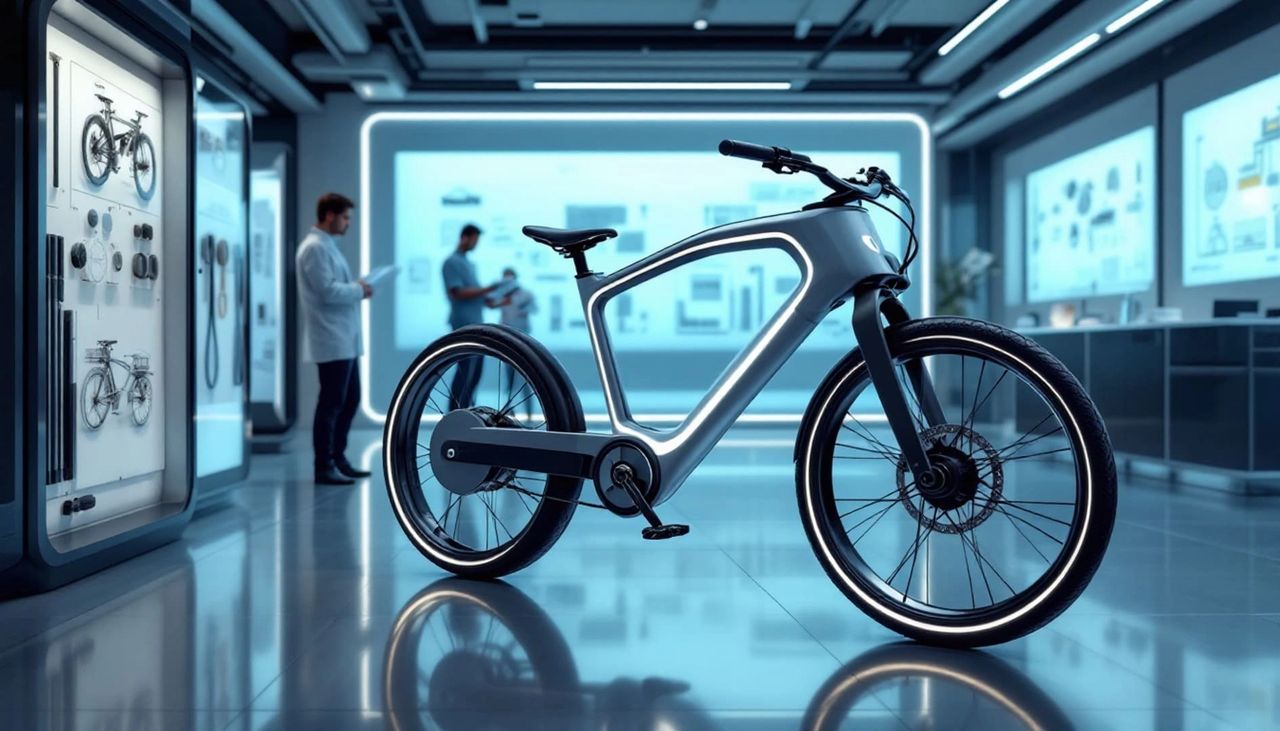The surge in e-bike popularity isn’t driven solely by technology—it reflects changing values, shifting lifestyles, and evolving perceptions around transportation. Behind every e-bike purchase is a personal decision influenced by more than just battery range or motor power. It’s about the psychological drivers that shape how we view mobility, health, independence, and our impact on the world.
Convenience First, Curiosity Second
For many, the initial draw of e-bikes is practical. They provide the speed and directness of a car for short urban trips, without the burden of traffic, parking, or fuel costs. Commuters living in hilly neighborhoods or hot climates often find that traditional biking feels too difficult or physically draining to sustain daily. E-bikes remove that barrier by offering pedal assistance that makes tough routes manageable and errands quicker.
What starts as a way to avoid sweat or shorten a commute often leads to something deeper: a rekindled enjoyment of cycling. Riders who hadn’t touched a bike in years suddenly find themselves exploring new routes, choosing to ride when they otherwise would have driven, and integrating biking into their lifestyle more broadly.
A New Kind of Environmental Awareness
Many e-bike owners are also motivated by a desire to live more sustainably. Switching to an e-bike is a visible, measurable step toward reducing one’s carbon footprint. Unlike electric cars, which still require major upfront costs and rely on substantial infrastructure, e-bikes offer an affordable and scalable way to reduce emissions and energy consumption.
Brands like VanMoof have leaned into this message by creating sleek, city-focused designs that appeal to environmentally conscious urbanites. Their bikes double as status symbols and sustainability statements—proof that going green doesn’t mean giving up convenience or style.
Health Benefits Without Intimidation
The health angle of e-bikes is often misunderstood. While some critics suggest that pedal assistance removes the exercise component, studies show the opposite: e-bike riders tend to ride farther and more often than those on traditional bikes. The reduced physical barrier encourages more consistent use and builds cardiovascular endurance over time.
For older adults, individuals with physical limitations, or those returning to activity after injury, e-bikes offer a pathway to low-impact fitness that feels accessible and rewarding. Riders gain the psychological benefit of movement and outdoor exposure without overexertion, leading to improved mental health, energy levels, and overall well-being.
Social Validation and Peer Influence
Behavioral shifts often begin with small cultural cues. As more people see e-bikes around them—at the office, on bike lanes, or shared on social media—the perception changes from novelty to normal. What once seemed like an expensive gadget becomes part of the social fabric, especially in cities with strong cycling cultures.
The success of brands like Rad Power Bikes illustrates this transformation. With their utility-focused, approachable designs, Rad Power has helped normalize e-bikes for casual riders, parents, students, and even delivery workers. Their visibility has fueled word-of-mouth growth, where one rider’s adoption encourages others to try it too.
Expanding Access to Mobility
Perhaps the most profound psychological factor is empowerment. E-bikes unlock freedom for individuals who may have previously felt limited by distance, fitness, time, or geography. For suburban commuters, they offer a practical alternative to car dependency. For people in lower-income communities, they can reduce reliance on costly public transit or rideshare services.
Models from companies like Lectric eBikes have made affordability a core value, helping lower the entry barrier and making e-biking accessible to a broader demographic. This democratization of mobility changes how people view bikes—not just as recreation, but as reliable transportation.
Final Thoughts
E-bike adoption isn’t just about specs or savings—it’s about how people feel when they ride. The convenience, empowerment, and social affirmation of owning an e-bike all play a role in why more people are choosing two wheels over four. As cities evolve and communities rethink how they move, e-bikes are positioned not only as a trend but as a lifestyle shift.
Understanding the psychology behind this movement helps explain its momentum—and suggests it’s only just getting started.








Leave a Reply